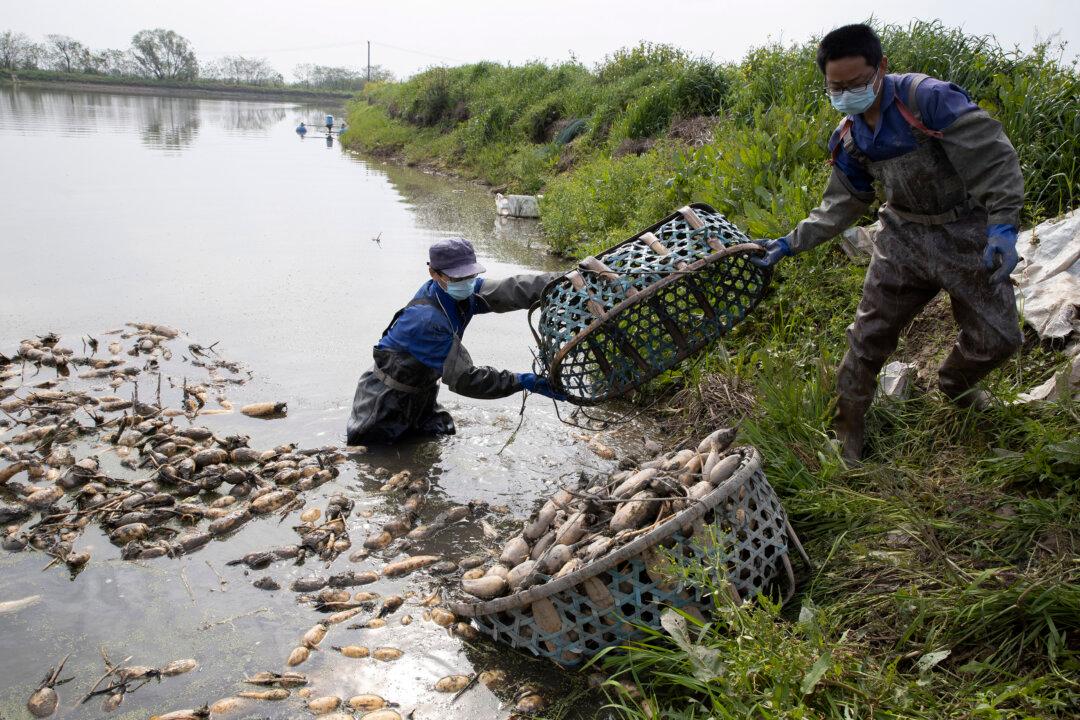HUANGPI, China—Stuck in the same bind as many other Chinese farmers whose crops are rotting in their fields, Jiang Yuewu is preparing to throw out a 500-ton harvest of lotus root because anti-CCP virus controls are preventing traders from getting to his farm near Wuhan, where the global pandemic started.
Chinese leaders are eager to revive the economy as the CCP (Chinese Communist Party) virus, commonly known as the novel coronavirus, took a toll. But the bleak situation in Huangpi in Wuhan’s outskirts highlights the damage to farmers struggling to stay afloat after the country shut down for two months.





